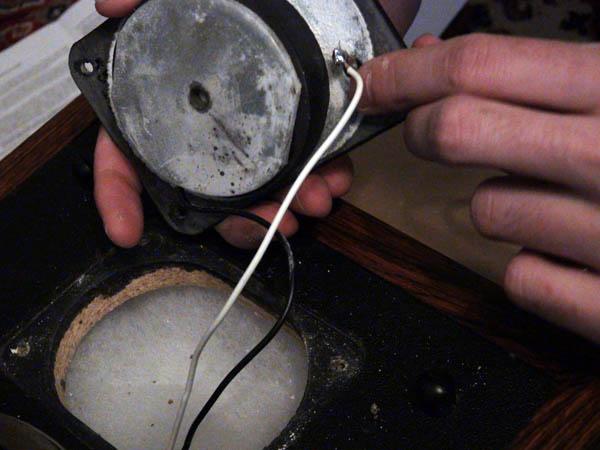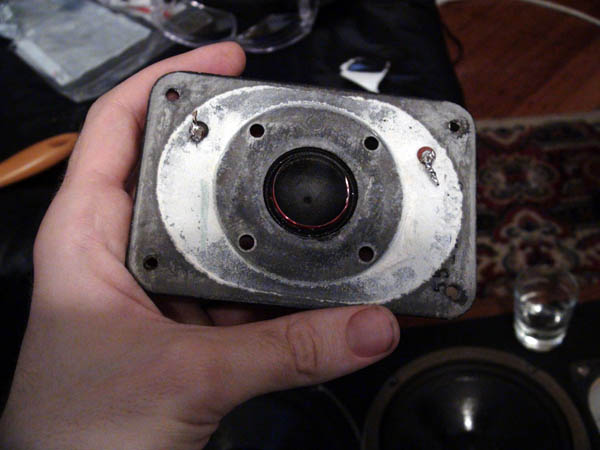| Columns Retired Columns & Blogs |
My old Castle Acoustic's tweeter would regularly stop working, I would always have to open up the speaker by carefully removing the woofer and locate the burnt fuse. See if the crossover has one and check to see that it isn't burnt. Just a thought.
Nick











































